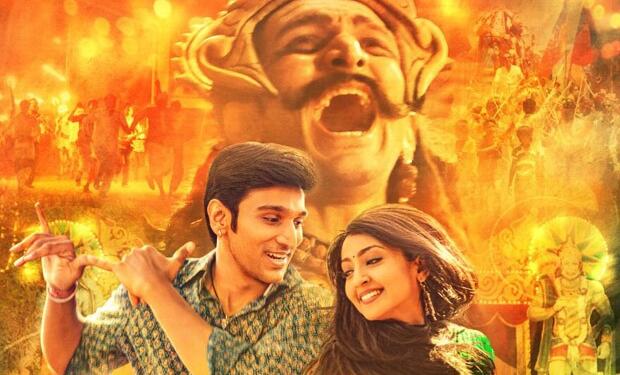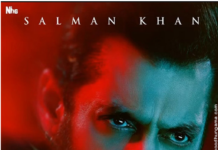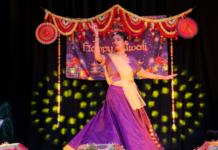Eulogizing villains and trying to find motivations in their twisted world beliefs is a modern cinematic trope. However, taking it a notch further is ‘Scam 1982’ alum Pratik Gandhi in his first Hindi film ‘Bhavai’. In one of the scenes of the movie, while sitting in the green room in the costume of Ravana, Gandhi asks the other character, seemingly playing the role of Bhagwan Ram “Aapne humari behen ki naak kaati toh humne aapki stree ka anaadar kiya lekin naak nahi kaati. Humare bhai-bete shahid hue, humari lanka jali, fir bhi log aapko kyu pujte hai?” (You sliced the nose of my sister and thus I disrespected your wife but still didn’t slice her nose. Our family was martyred, our Lanka burnt and yet people worship you, why?).
To which, the other actor nonchalantly and in an amateurish way replies, “Kyoki hum bhagwan hai,” (Because I’m a God).
The scene is not more than 25 seconds long but it gives enough sneak peek into the ideology of the movie. Releasing on Dussehra, the movie attempts to employ the underlying theme of ‘Ravana’ being the misunderstood villain with a flawed moral compass that needs a deeper and nuanced eye to dissect.
To make it appear that the message is not overpowering or too ‘in-the-face’ of the audience, the makers have neatly wrapped it up with a generic Bollywood love story where the protagonist loves a girl, and the society euphemising ‘Ravan’ is doing all it can to prevent the two lovers from uniting.
The story, right off the bat looks amateurish. A person, who wants to become Ram in Ramlila, is forced to become Ravana and because of this, society turns against him at his confluence with Sita. However, in trying to present Ravana as the victim, the makers forgot to do their research on the demon king of Lanka.
It was Ravana who tried to molest Vedavati engaged in penance to receive Madhava as her husband. After being disturbed, Vedavati cursed Ravana that Narayana would ruin him and his family.
Since Ravana was not afraid of the Gods because of the boon of Brahma, he even raped Madanamanjari, the wife of Rituvarman, an ascetic in the Marutta forest. It was there that Ravana was cursed that a man would be the cause of his death.
In the end, he raped his future daughter-in-law Rambha, who was the wife of Kubera, the son of his nephew ‘Nalkubara’. Enraged at this, Nalkubara cursed Ravana “You, who are blinded by lust, do not touch the woman who does not reward your love. If you do this, your head will be split into seven pieces.” After the same curse, Ravana could not touch Goddess Sita and other holy women. It was not his greatness, dignity or respect for Maa Sita albeit his fear of perishing off the face of the earth that kept him at arm’s length.
However, the impressionable social media generation that tends to rely on secondary sources and trending videos more than conducting their own research is seemingly swayed by the perception that Ravana was the ideal man that we all need to follow. Several mind-numbing videos continue to traverse the realms of social media platforms where one can see influencers immortalising Ravana and his crimes. (TFI)

Readers like you, make ESHADOOT work possible. We need your support to deliver quality and positive news about India and Indian diaspora - and to keep it open for everyone. Your support is essential to continue our efforts. Every contribution, however big or small, is so valuable for our future.










